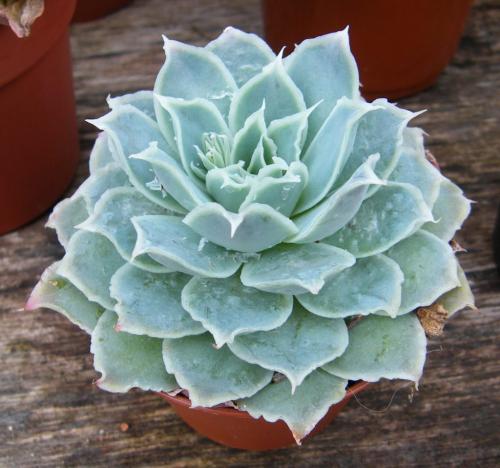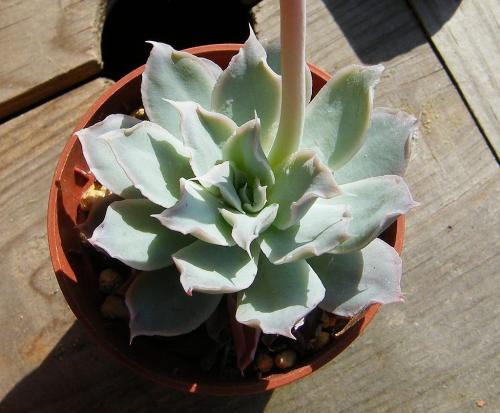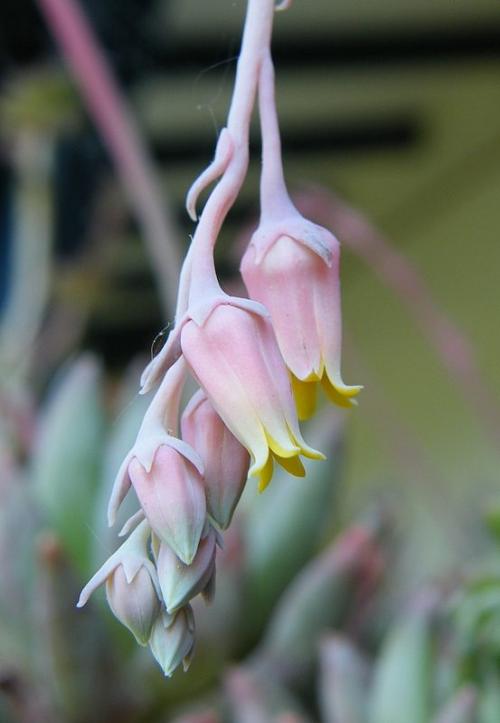SIMULANS Rose, 1905
Synonyms :
Echeveria elegans var. simulans (Rose) von Poellnitz (1936)
Echeveria hyalina Walther (1958) see Note 2. below
Echeveria goldiana Walther (1959) see Note 3. below
Echeveria halbingeri var. goldiana Kimnach (1997)
Series Urbiniae
Type : Pringle s.n., collected in a cañon near Monterrey, Nuevo León, Mexico, in 1903. Protologue cites Rose 768.
Etymology : Referring to the similarity with E. elegans.
Distribution : Mexico (Aguascalientes, Guanajuato, Hidalgo, Nuevo León, Querétaro, San Luis Potosí))
First Description by Rose in Britton & Rose, North American Flora 22: 22. 1905 - see Note 1. below :
Very similar to E. elegans, but
- rosettes flatter,
- the leaves at most spreading, never reflexed, thinner especially in the upper half, numerous, somewhat mucronate,
- flowering branches at first nodding, becoming erect, pale below, pinkish above,
- stem-leaves linear, small and bract-like,
- sepals pinkish, unequal, narrow, acute, appressed to the corolla,
- corolla narrow, the base rose-coloured, the tips of the lobes and inner surface yellow,
- carpels more or less spreading when mature.
It differs from E. elegans in habit and leaves, has a narrower corolla, and narrower and more appressed sepals.
A more detailed description from plants in habitat in Nuevo Leon by Reid Moran :
Rosette solitary, sessile, 9 - 14 cm wide, ca 38 - 45 leaves.
Leaves glaucous, a little purplish towards apex, cuneate-spatulate to obovate, at first broadly acute but at maturity obtuse to nearly rounded, mucronate, to 4 - 6 cm long, 2.5 - 3.5 cm wide, 5 - 10 mm wide at the base, 4.5 - 8 mm thick at the middle, ca 1 mm thick at the very base, flattish or slightly concave ventrally, rounded and scarcely keeled dorsally, the margins hyaline, ca 1 - 1.5 mm wide, knifelike, nearly entire and plane or slightly crisped, the mucro ca 3 mm long.
Floral stem 15 - 35 cm to inflo., 3.5 - 5.5 mm wide at base, bare in lower 6 cm, 7 - 9 bracts below inflorescence.
Bracts 6-13 mm long, ± lanceolate, narrow, spurred.
Cincinnus erect, 5 - 10 cm long, with 7 - 10 flowers.
Pedicels erect, 10 - 17 mm long
Sepals very unequal, ascending, deltoid to triangular-lanceolate, 1.7 mm long, 1.4 mm wide.
Corolla pink below, light yellow above, 10 - 12 mm long, 6 - 7.5 mm thick at the base, 8 - 9 mm wide at the somewhat spreading tips, rounded pentagonal with flattened sides, the tube 2.5 - 3 mm long, the segments ca 4 mm wide, acute.
Cytology : n = 32.
Note :
1. The reason why Rose made his description of E. simulans in the form of a comparison with E. elegans is the fact that the latter was the species he had just described before - a comparison therefore suggested itself. There are obvious similarities between the two plants however Rose evidently considered E. simulans distinct enough to classify it as an independent species. And rightly so - everybody who knows these plants will agree with him.
2. E. hyalina was described by Walther and first published 1958. The plant he described he had got already 1934 from Sr. Halbinger who had cultivated it in his garden. He did not recall its original source. That means the description was made from a plant in cultivation without known origin in the wild.
However Sr. Halbinger's plant was by no means a new species – it was identical with plants Walther previously had described as E. simulans ! Why he did not notice this, i.e. why he did not notice that his description of E. hyalina is almost identical - partially even literally identical - with his description of E. simulans, is rather incomprehensible. In any case, the description of E. hyalina is nothing else than a description of E. simulans, and the name E. hyalina is a superfluous renaming of E. simulans and therefore belongs in the synonymy of E. simulans.
3. Apart from minor differences the description and the black-and-white photos E. goldiana correspond to E. simulans - the only obvious difference : the leaves are lettuce-green and not glaucous. The differently coloured leaves of course do not warrant status as a separate species.
4. Plants from Hidalgo, incorrectly named E. sanchez-mejoradae, are the same species ("incorrectly named" because the correct E. sanchez-mejoradae is a quite different plant).
Plants in habitat :
.jpg)
.jpg)
.jpg)
.jpg)
Photos Mieke Geuens
In Nuevo Leon :
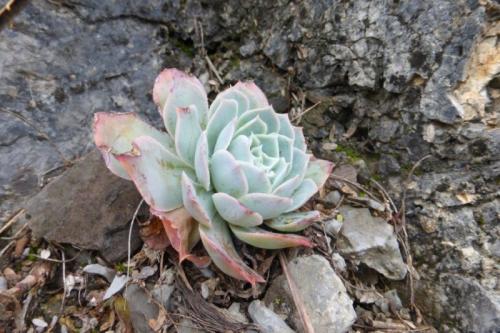
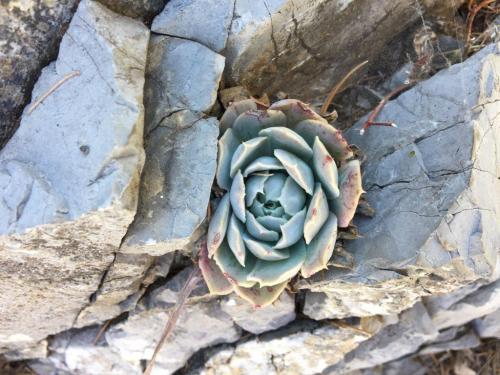
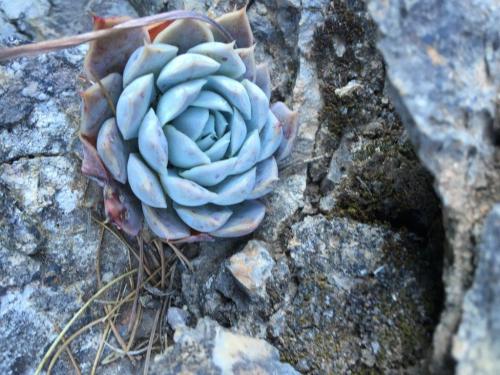
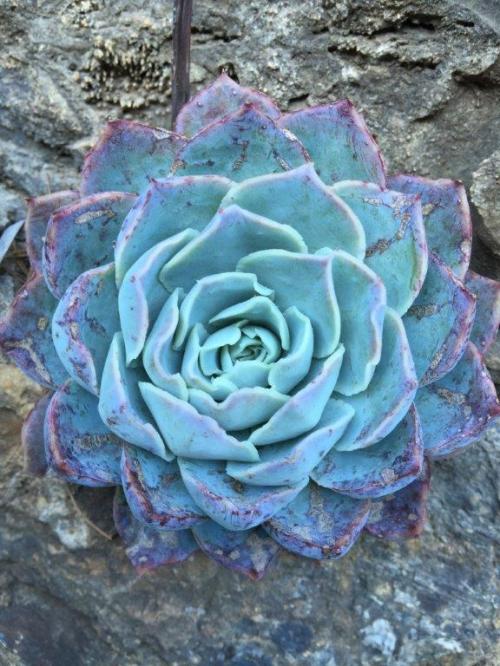
Photos Gerhard Köhres
In Hidalgo : El Banco :
.jpg)
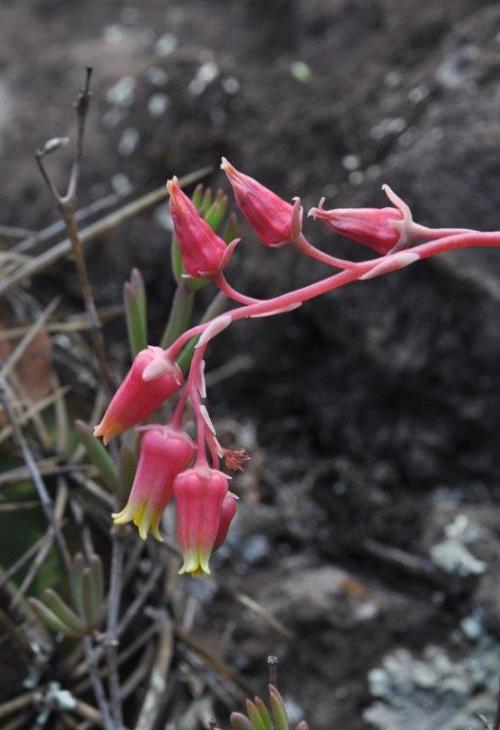
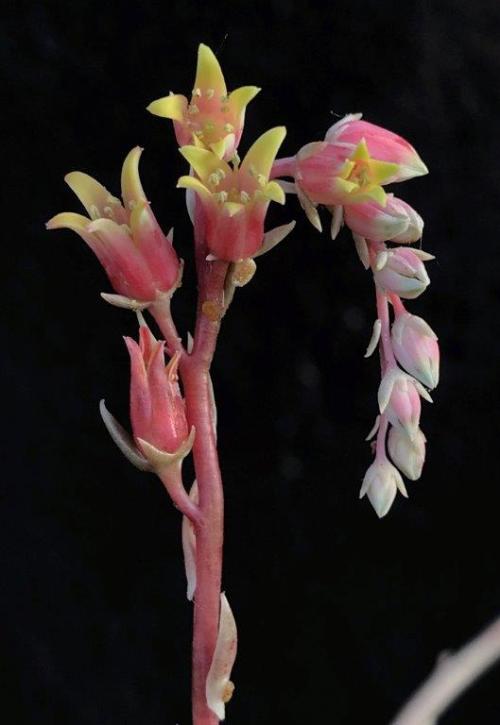
Photos Brian Kemble
In San Luis Potosí :
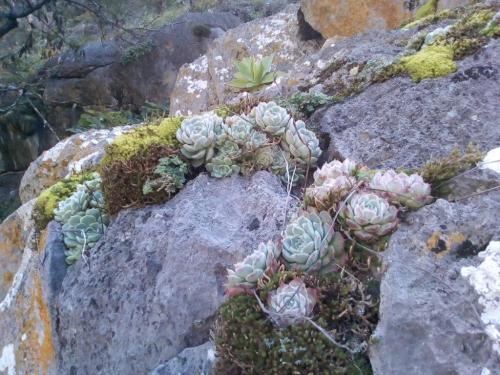
Santo Domingo, also SLP :
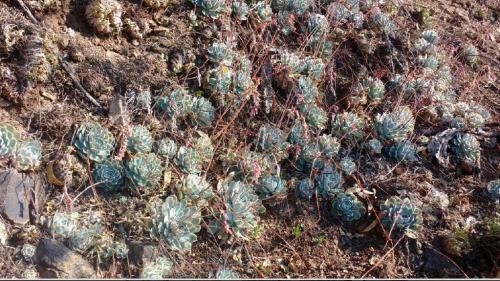
In cultivation :
.jpg)
.jpg)
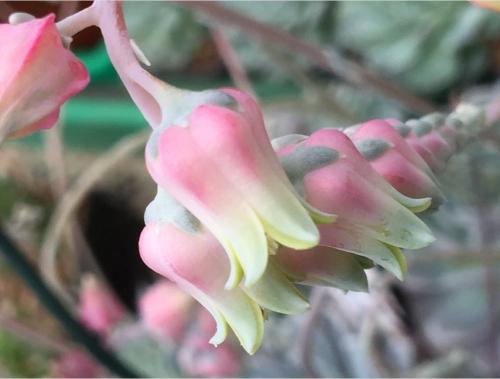
Ahualulco, also SLP :
.jpg)
.jpg)
Flowers in cultivation :
.jpg)
In Guanajuato : San Luis de la Paz :
.jpg)
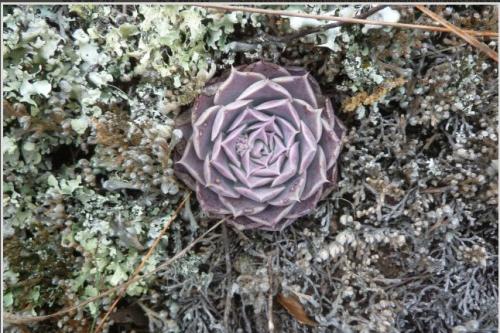
Same plant in cultivation :
.jpg)
.jpg)
.jpg)
In Querétaro : Pinal de Amoles :
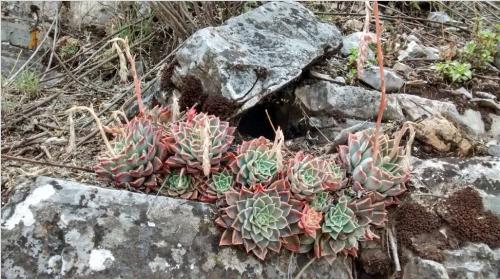
Photos Gerhard Köhres
Plants in cultivation :
From Pajonal (Nuevo Leon) :
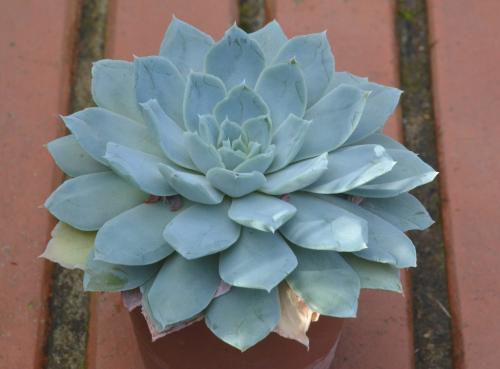
Photo Werner Krell
.jpg)
.jpg)
.jpg)
.jpg)
From Iturbide (Nuevo Leon) :
.jpg)
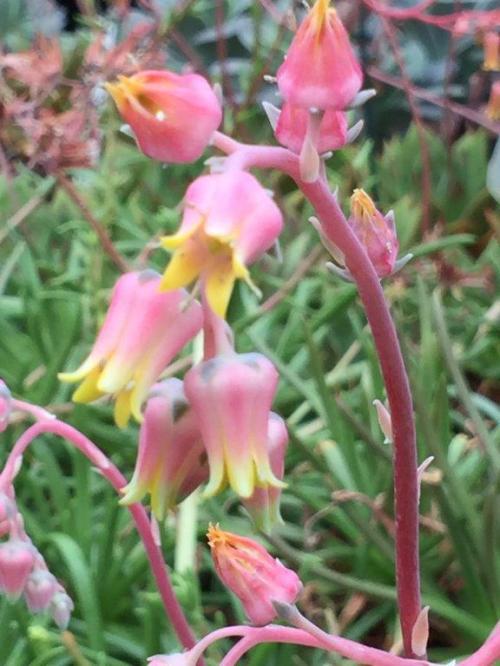
Photos Gerhard Köhres
From Laguna Sanchez (Nuevo Leon) :
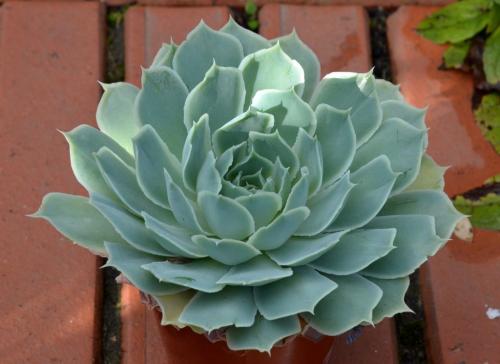
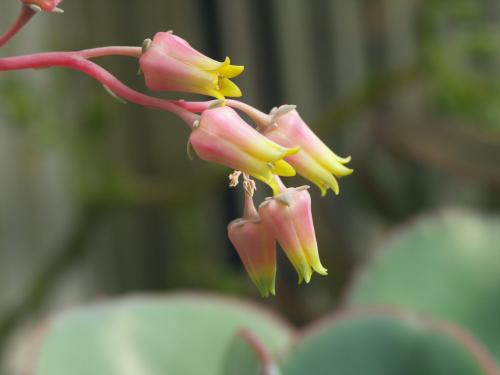
.jpg)
Photo Christophe Camassel
From Ascensión (Nuevo Leon) :
Plants with crisped and with entire margins growing at the same locality :
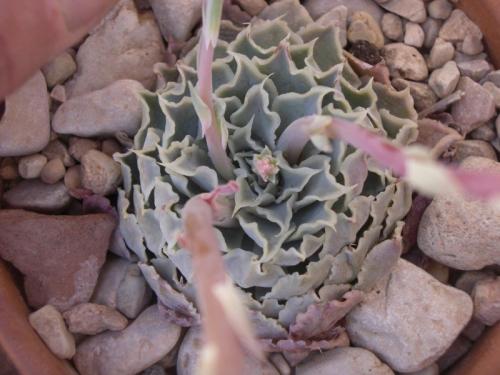
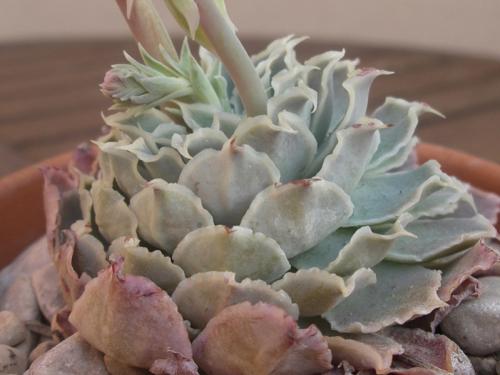
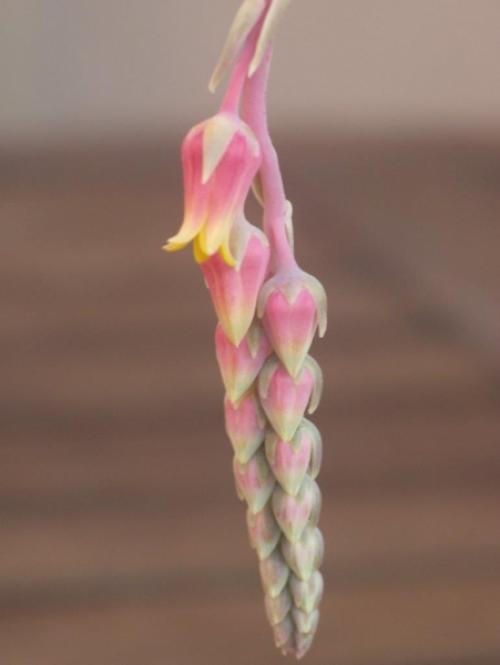
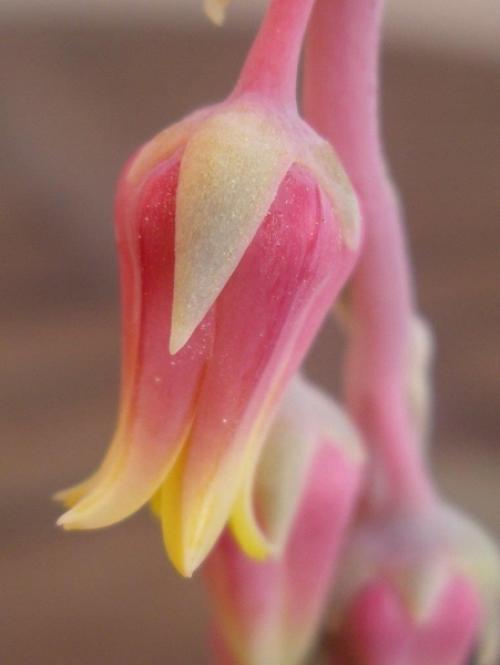
.jpg)
.jpg)
.jpg)
.jpg)
Photos Gerhard Köhres
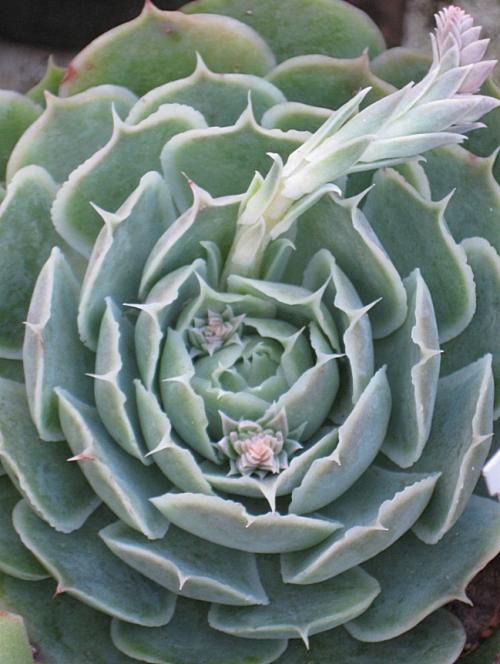
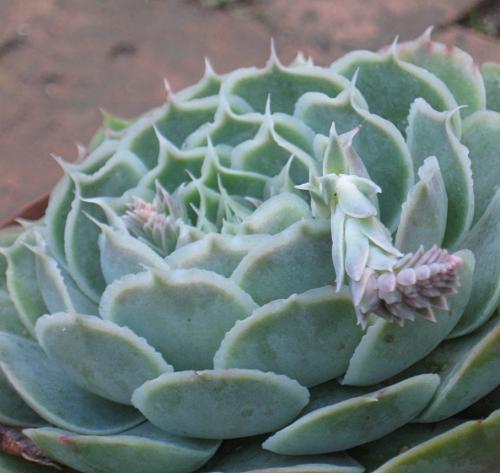
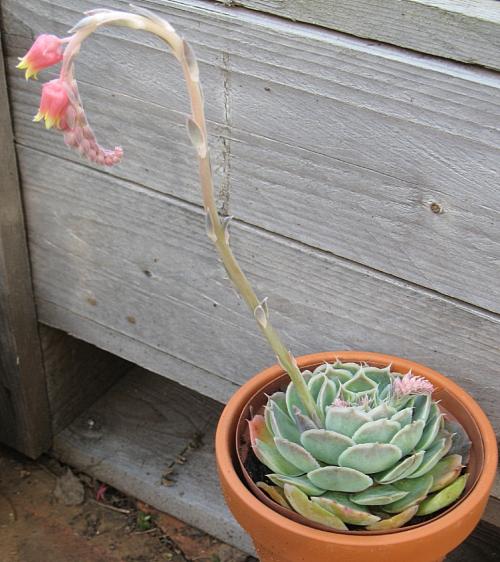
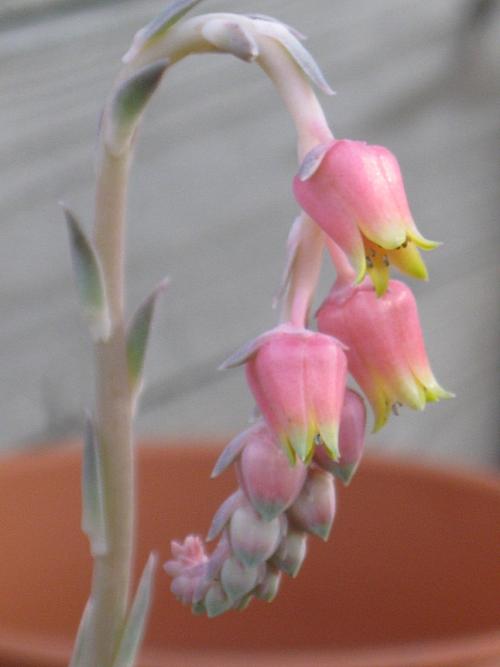
Photos Jacquie Koutsoudis
From Galeana (Nuevo Leon) :
